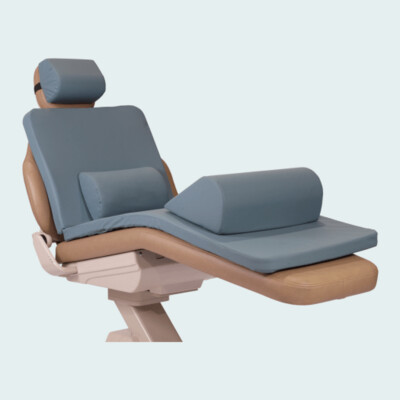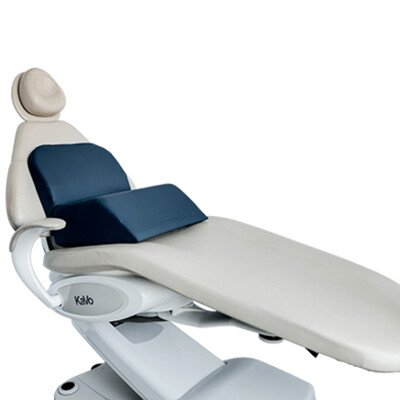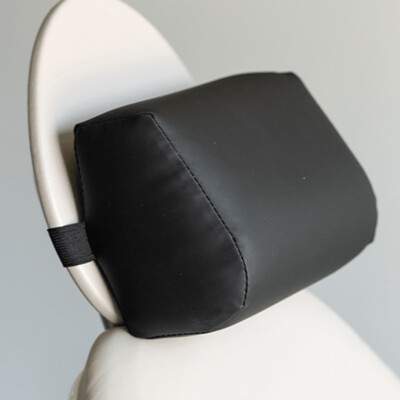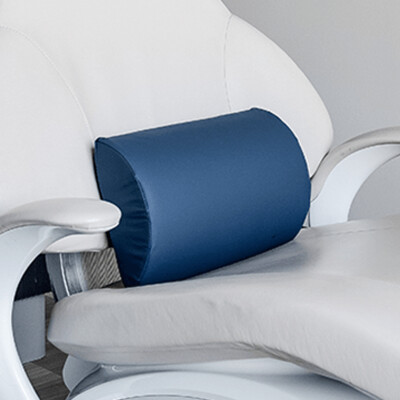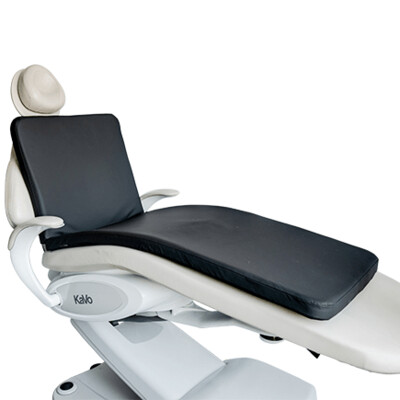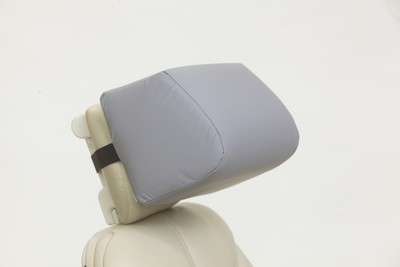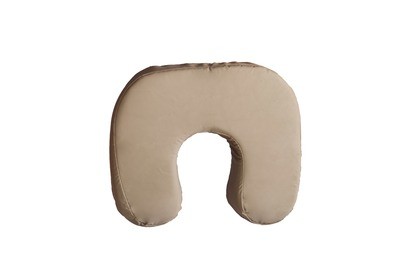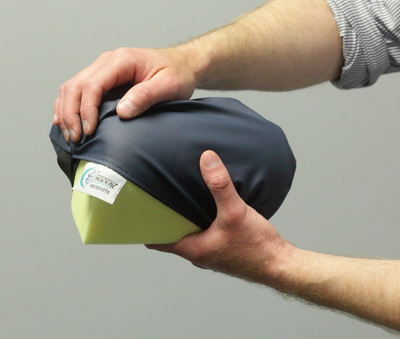The Primary Causes of Hand and Wrist Pain in Dentists
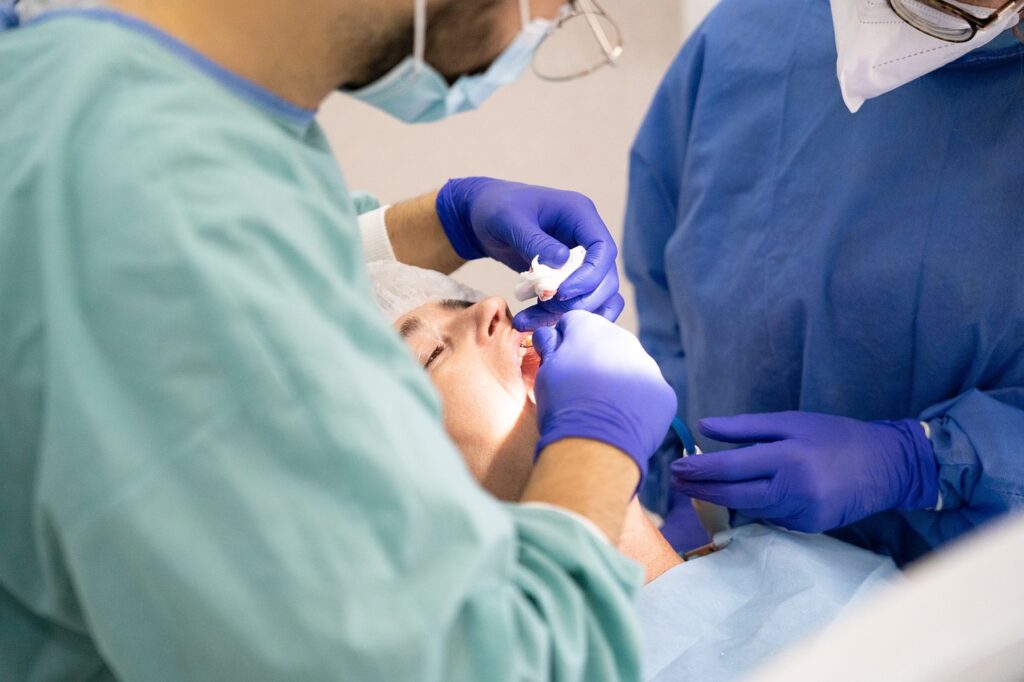
The meticulous nature of dental work often requires hours of precision, control, and repetitive movements. While these are hallmark traits of dedicated dental professionals, they also contribute to a prevalent yet often overlooked occupational hazard: hand and wrist pain, along with musculoskeletal issues. What are the most common causes of hand and wrist pain, and what are the prevalence of these conditions among dentists and dental hygienists? We’ll explore the primary causes of hand and wrist pain in dentists and offer insights into mitigating this pain for a longer and more comfortable career.
The Prevalence of Hand and Wrist Pain in Dental Professionals
Recent scientific studies underscore a concerning trend: a significant percentage of dental professionals experience hand and wrist pain, which can be attributed to musculoskeletal issues. A comprehensive study revealed that over 70% of practicing dentists reported some form of musculoskeletal discomfort, with the hand and wrist being common areas of concern. These statistics not only highlight the occupational risks associated with dental practice but also call for an urgent need to address and mitigate these challenges.
What are the Causes of Hand and Wrist Pain in Dentists
- Repetitive Motion and Prolonged Gripping: Dental procedures often require continuous, repetitive movements such as drilling, scaling, and polishing. Prolonged gripping of dental instruments exacerbates strain on the hand and wrist, leading to conditions like carpal tunnel syndrome, tendonitis, and other musculoskeletal disorders.
- Poor Ergonomic Positioning: Dental professionals frequently work in positions that compromise ergonomic integrity. Awkward hand angles, prolonged static postures, and inadequate wrist support contribute significantly to the development of pain and discomfort.
How to Mitigate Hand and Wrist Pain
- Ergonomic Intervention: Adopt ergonomic tools and equipment designed to minimize strain can play a pivotal role in reducing hand and wrist issues. Instruments with larger diameters, lighter weights, and textured grips can enhance comfort and control, reducing the effort required for repetitive tasks.
- Take Regular Breaks and Exercise: Incorporating short, frequent breaks into the workday allows muscles and joints to rest and recover. Additionally, specific hand and wrist exercises can strengthen these areas, improving flexibility and reducing the risk of injury.
The Role of Ergonomics in Patient Care:
Maintaining an ergonomic posture while working is crucial. Dental professionals are encouraged to work within the “neutral zone,” where the body is aligned, and the risk of strain is minimized. Adjustable operator stools and magnification aids can support a healthier working posture.
Proper patient positioning is equally critical. Adjustable dental chairs that offer support and allow the patient to be positioned correctly can significantly impact the dentist’s ability to maintain an ergonomic posture. Ideally, the patient’s mouth should be at the practitioner’s elbow height, allowing easy access without unnecessary bending or twisting. Learn more about how dental headrests can help position patients and allow you to work more ergonomically here.
Prevent Hand and Wrist Pain and Lengthen Your Career
The prevalence of hand and wrist pain among dental professionals is a stark reminder of the physical demands placed on those in the dental field. By understanding the underlying causes and implementing strategic interventions, dental professionals can significantly reduce their risk of musculoskeletal issues. Embracing ergonomic principles, both in personal posture and patient positioning, is not just about mitigating pain—it’s about safeguarding the health and longevity of dental careers. Crescent Products is here to advance dental ergonomics, and our focus remains on creating effective products that support the well-being of dental professionals, ensuring their ability to provide exceptional care for years to come.
Featured Products
